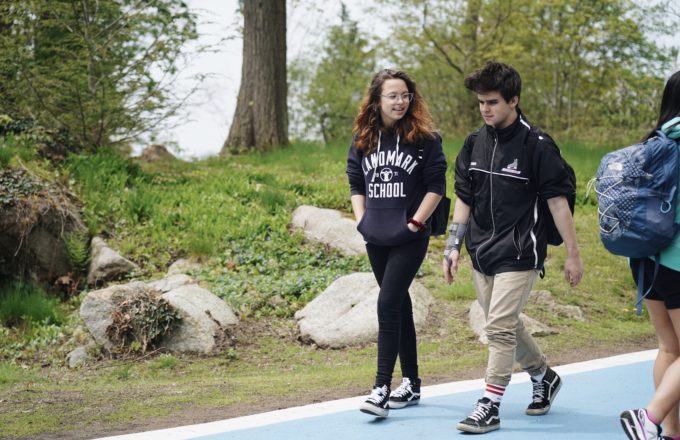Create a Supporting and Inclusive Learning Environment
Incorporating social-emotional learning activities are important, no matter where learning takes place. Research conducted by both the Yale Center for Emotional Intelligence and Collaborative for Academic, Social, and Emotional Learning (CASEL) outline that understanding and honoring student emotions are essential to not only creating a supportive and inclusive learning environment, but are also essential to fostering successful experiences in school. Based on these findings, many schools have worked to incorporate social-emotional learning into their classrooms. Even though school looks drastically different in an online environment, it is still imperative to continue to work to incorporate SEL into remote classrooms. Explore these 5 activity ideas to support SEL in your remote classroom:
- Research shows a link between emotional well-being and nature. To support this connection, educators can have students go outside and spend time in nature. Educators can suggest that students take a walk, look for plants or animals, watch the clouds, or take pictures. Middle and high school teachers can also link to their subject area by creating extension assignments. For example, in a science class, students could classify plants, and for a language arts class, students could write a descriptive paragraph about what they observed.
- During difficult times, it’s important to reframe thoughts as a way to gain positivity and help steer thoughts away from negative ideas. To inspire gratitude in students, educators can suggest that students write about something for which they are thankful, create lyrics for a song, or brainstorm some ideas of ways people help others.
- Feelings can impact the ability to learn. To help students check in with their thoughts and emotions, teachers can explore adapting this activity outlined in this Edutopia article by Emelina Minero. Have students write down, rip up, and throw away their stress. Ask students to jot down their current expectations or insecurities and then rip them up, and throw them away (Minero, 2017).
- An important part of social-emotional learning is recognizing and fostering empathy. Ask students to write, present, or make a poster about what they would do or say to a friend who is struggling with social distancing. Or consider assigning students to examine the social-emotional attributes they’re seeing in leaders right now and how these qualities are helping the country through the crisis.
- Help students understand how to acknowledge others’ perspectives, feelings, and differing opinions in the online classroom by introducing a quote and having students respond. In her Edutopia article, Emelina Minero suggests introducing a quote relevant to what your students are learning in your content area (Minero, 2017) and facilitating a whole-class discussion during a Google Meet. You could also have each student share a one-word response to the quote on Padlet or in a discussion board.
References
- Collaborative for Academic, Social, and Emotional Learning. http://www.casel.org
- Minero, E. (2017, February 14). 13 Powerful SEL Activities. European Association of Institutions of Non-formal Education of Children and Youth (EAICY). Retrieved from https://www.edutopia.org/article/13-powerful-sel-activities-emelina-minero.
